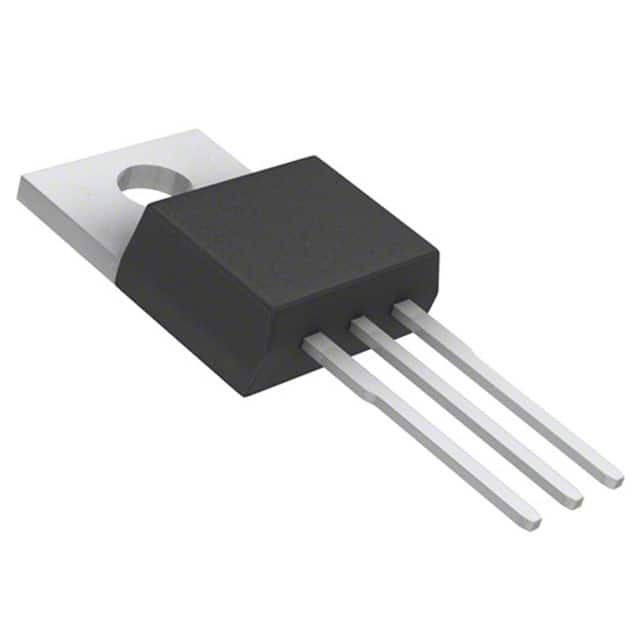TIP31A Transistor
Product Overview
The TIP31A transistor belongs to the category of power transistors and is commonly used in electronic circuits for amplification and switching purposes. It is characterized by its high current capability, low saturation voltage, and robust packaging. The TIP31A is typically available in a TO-220 package and is sold individually or in bulk quantities.
Specifications
- Maximum Collector-Emitter Voltage: 60V
- Maximum Collector Current: 3A
- DC Current Gain (hFE) Range: 25-75
- Power Dissipation: 40W
- Package Type: TO-220
- Operating Temperature Range: -65°C to 150°C
Pin Configuration
The TIP31A transistor has a standard TO-220 pin configuration with three pins: 1. Base (B) 2. Emitter (E) 3. Collector (C)
Functional Features
The TIP31A transistor offers the following functional features: - High current gain - Low collector-emitter saturation voltage - Fast switching speed - Robust construction for reliable performance
Advantages and Disadvantages
Advantages
- High current handling capability
- Low saturation voltage
- Versatile applications in amplification and switching circuits
Disadvantages
- Moderate frequency response
- Relatively larger package size compared to SMD alternatives
Working Principles
The TIP31A operates based on the principles of bipolar junction transistors (BJTs). When a small current flows into the base terminal, it controls a larger current flow between the collector and emitter terminals, allowing for amplification or switching of electrical signals.
Application Field Plans
The TIP31A transistor finds extensive use in various electronic applications, including: - Audio amplifiers - Power supply circuits - Motor control systems - LED drivers - Switching regulators
Alternative Models
Some alternative models to the TIP31A transistor include: - TIP32A - TIP41A - TIP120
In conclusion, the TIP31A transistor is a versatile component with wide-ranging applications in electronic circuits, offering high current capability and reliable performance. Its characteristics make it suitable for amplification and switching tasks in diverse electronic systems.
[Word count: 298]
Lista 10 Vanliga frågor och svar relaterade till tillämpningen av TIP31A i tekniska lösningar
What is the TIP31A transistor used for?
- The TIP31A is a general-purpose NPN power transistor commonly used in amplification and switching applications.
What are the typical operating conditions for the TIP31A?
- The TIP31A typically operates at a maximum collector current of 3A and a maximum collector-emitter voltage of 40V.
How can the TIP31A be used as a switch?
- The TIP31A can be used to control high-power devices such as motors or lights by acting as a switch, allowing or blocking the flow of current through the load.
What are some common amplifier circuits using the TIP31A?
- The TIP31A can be used in audio amplifier circuits, where it can provide sufficient power to drive speakers or headphones.
What are the key considerations when designing a circuit with the TIP31A?
- It's important to consider heat dissipation, proper biasing, and ensuring that the maximum ratings of the transistor are not exceeded.
Can the TIP31A be used in high-frequency applications?
- The TIP31A is not suitable for high-frequency applications due to its relatively slow switching speed.
What are some common protection measures for the TIP31A in a circuit?
- Adding a flyback diode across an inductive load, using a base resistor, and implementing overcurrent protection can help protect the TIP31A in a circuit.
How does the TIP31A compare to similar transistors like the TIP41A?
- The TIP31A has a lower current and voltage rating compared to the TIP41A, making it more suitable for low to medium power applications.
Can the TIP31A be used in a voltage regulator circuit?
- While the TIP31A can be used in linear voltage regulator circuits, it is not as efficient as dedicated voltage regulator ICs and may dissipate more heat.
What are some common failure modes of the TIP31A?
- Common failure modes include thermal runaway due to inadequate heat sinking, overcurrent leading to damage, and breakdown of the transistor due to exceeding voltage limits.


